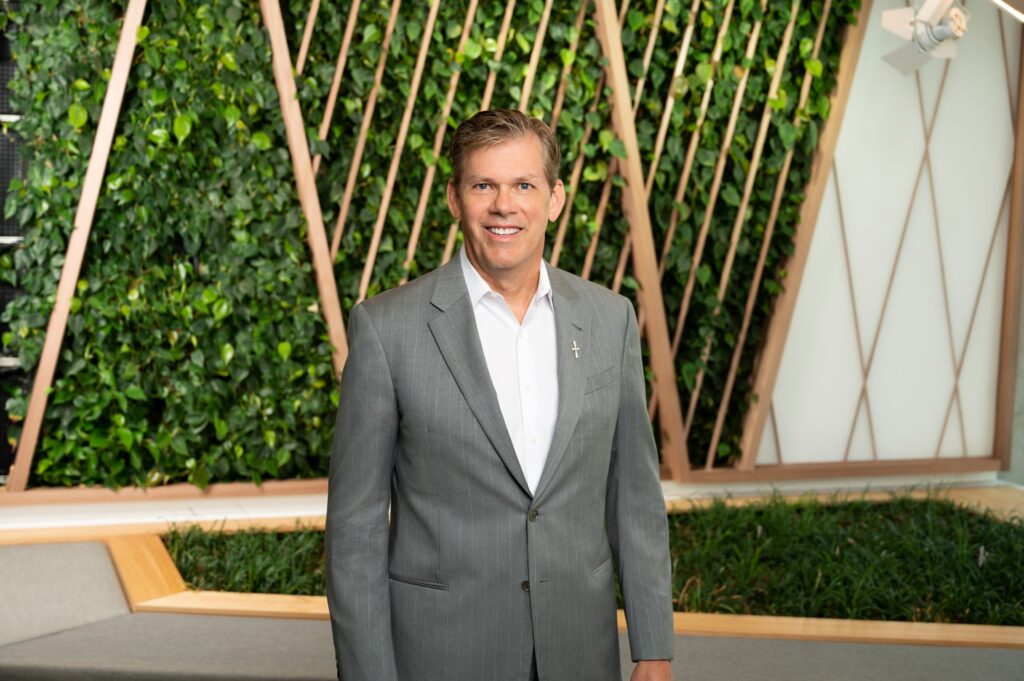The Candidate’s Mindset has Changed—Has Yours?

The world has shifted. COVID, although devastating in lives and businesses lost, opened the door to remote work being a norm. What didn’t seem like a viable work option to many businesses has been a norm for almost two years, and many people and companies like it.
This shift is all about change—a scary word for most people—and this is major change, one that brings worry and fear as people are forced to figure out a new norm or possibly lose their job. And change has a ripple effect, so other things must also change to accommodate this significant shift in where and how people work.
What is the domino effect of remote work for companies? It has already been significant, particularly in the realm of recruiting new talent and holding on to the talent you already have.
Here are three key dynamics Texas CEOs must understand going forward as they recruit and retain talent:
- What candidates want today
- How your business aligns with those desires
- How your interview process must change
What Candidates Want Today
Now more than ever, candidates today want a full, engaged life beyond work. This may have seemed like an unrealizable pipe dream 24 months ago to some people, but for many it’s now a reality beyond what they could have imagined. What was promoted for years as “work-life balance” is but a pittance compared to what they’ve tasted during COVID.
The typical family’s schedule pre-COVID was: get up no later than 6:00 a.m, grab a cup of coffee and a bite, get the kids ready for school, rush them to their destination by 7:15, and get to work by 8:00. Then, they work eight to 10 hours; perhaps their spouse picks up the kids; and they get home by 6:00 to start the evening routine of feeding and bathing the kids, doing schoolwork, getting them to bed, checking emails, and going bed—exhausted—by 10:30 . . . if they’re lucky. Rinse and repeat!
Even though we complained, people accepted that this was the norm. But COVID forced things to change, and that change was scary both personally (“Will I catch COVID?”) and professionally (“Does working from home actually work?”). The ripple effect hit everything—we learned how to school and watch the kids while we worked, how to keep a supply of clean facemasks handy, how to find a location in the house conducive to working, and how to get the technology necessary to perform our work duties from home.
Working from home, a.k.a. WFH, has worked well for a considerable percentage of the population. Once the scariness of the initial change diminished, many found it a pleasant surprise. There was less rush in the morning, no commute, and relaxed attire, except for that professional top over your shorts for Zoom calls. All that adds up to reduced wear and tear on cars, less gas consumed, less dry cleaning, less stress (from at least those previously mentioned items), and perhaps 30 minutes to two hours gained in your day to use any way you want.
For many, these gains were well beyond that work-life balance pipe dream they had years ago! The change affected almost every knowledge worker—from the junior assistant to the CEO—and it turned out to be a welcome shift after the scare was gone.
So, now the question is: How do I keep this newfound freedom as many businesses want employees back in the office?
According to a recent Harvard Business Review article, 76% of the workers polled believe that employees will be more likely to prioritize lifestyle (family and personal interests) over proximity to work and will pursue jobs in locations where they can focus on both—even if it means taking a pay cut.
We’ve hit what has been called the Great Resignation—a term credited to business and management professor Anthony Klotz, who used it in interviews and opinion pieces about the phenomenon in May 2021. People are willing to quit their job because they can find positions at other companies, perhaps competitors, that are more flexible and better fit to the lifestyle they have just begun to enjoy. Even before the Great Resignation took full force, 19 million workers quit their jobs between March 2021 and July 2021. That trend has only sped up since.

How Your Business Aligns With Those Desires
The top-level question for CEOs is: Which side of the fence do you want your company to be on during this Great Resignation? This surge is not a tiny, isolated phenomenon. It is real—record numbers of people are quitting, and that number is growing each month. Your employees have options and feel more empowered than ever to make a change. They, not their employers, currently own the process.
Salaries and benefits and WFH options are escalating to attract talent. Perhaps it’s a one-time technology allotment to set up a WFH space and a monthly amount to cover high-speed Internet. Maybe it’s going to a four-day workweek or every other Friday off. Perhaps it’s only requiring people to be in the office once or twice a week. Aggressive companies are making changes, and it isn’t just the small to medium businesses—it’s Fortune 500 companies like Google and Facebook setting the trends.
WFH is here to stay, but the “right” percentage of time for employees to spend in the office will probably swing like a pendulum for several years as companies and individuals try to reach the right balance. And that balance can be different by industry, area of expertise, location, and other factors.
How do you compete to retain and acquire top talent as this process continues? Let’s be clear: Your best employees have always been targets for other companies to lure away. Doing nothing now may make it that much easier for your best people to leave. Have you looked at where you align with their needs and what you can do to meet them better? Are you open to change, or will you wait until all your top talent has left?
Some things you might not be able to compete with, such as aggressive cash offers. Last year, we replaced a client’s CTO because a Fortune 100 company offered the CTO twice their salary. The common assumption is that salary is an employee’s number-one interest, and indeed sometimes you cannot meet a candidate’s salary range. But research shows flexibility as most employees’ number-one criteria—much higher than compensation. Many employees will in fact take a pay cut for a job that offers them more flexibility, including in how they can work from home.
Taking a lackadaisical attitude toward these changes is like ignoring the tides in the ocean. You will wander around only to get swept out by the undertow. Instead, examine what your organization currently offers employees and candidates and what changes you can afford to make, or perhaps more appropriately stated, what changes you can’t afford not to make.
How Your Interview Process Must Change
The remote-work revolution has also changed how interviews work. Lengthy, drawn-out interview cycles are a turnoff, especially when other companies have streamlined their processes and are willing to make decisions quickly. For example, do you need eight people to interview each candidate in person, which may take a week or two for schedules to align? People have options, and the progressive companies, with their act together, show they want someone by being decisive. Think about it: Do you like being put on hold?
Video technology like Zoom and Teams is now a fully acceptable medium for conducting business. You probably already use it regularly, even daily. Do you use it for interviews? You may be able to get in that initial interview at 5:00 this afternoon or over the lunch hour tomorrow, versus finding a time to meet in person next week. And if the VP they need to interview is on the road this week, why should that slow you down? They’re available via video.
Your competitors are leveraging the heck out of their excellent solutions for work-life balance, even in the interview process, before they’ve hired the candidate. Streamline your interview process. Listen to what candidates want. Tell them about the flexibility you currently offer, and show them you are open to change. Only companies that put in the work here will consistently land in-demand talent.
• • •
This change is real. Having a full life outside of work has become a priority for many. Although paychecks provide food and housing, personal fulfillment is now critical in the employee’s selection criteria, and you must have options that meet their needs. Note that candidates won’t know about any of your great perks unless you tout them. Be different. Be willing to try things. Stand out. No, everything can’t happen overnight, but you must establish open lines of communication and show that positive change is happening—particularly when it comes to the freedom to work when, how, and where the employee wants.






